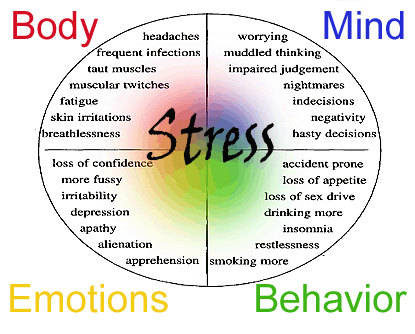 By admin on August 22, 2010 under Depression
By admin on August 22, 2010 under Depression
Depression is a very real and treatable illness. Depression is just about the loneliest experience in the world. Depressed people, who are often poor communicators place more demands on a marriage with their greater need for caring and support and end up in unhappier marriages. Depression affects teenagers, pensioners and everyone in between; married people, single people, rich and poor. clinical depression affects 15% of the population, and a third of all women. Sometimes people become depressed for what seems like a good reason – maybe they lost their job or a close friend passed away – but with clinical depression there doesn’t necessarily have to be a reason for how you feel. Depressive disorders come in different forms, just as is the case with other illnesses such as heart disease. Major depression is manifested by a combination of symptoms (see symptom list) that interfere with the ability to work, study, sleep, eat, and enjoy once pleasurable activities. such a disabling episode of depression may occur only once but more commonly occurs several times in a lifetime. a less severe type of depression, dysthymia, involves long-term, chronic symptoms that do not disable, but keep one from functioning well or from feeling good.
Depression can coexist with other illnesses. Seasonal affective disorder may point to an atavistic link with behaviour in hibernation. In some families, depressive disorders seem to occur generation after generation; however, they can also occur in people with no family history of these illnesses. many people with dysthymia also experience major depressive episodes at some time in their lives. Depression has been found to occur at a higher rate among people who have other serious illnesses such as heart disease, stroke, cancer, HIV, diabetes, and Parkinson’s. Depression can increase the risks for developing coronary artery disease, HIV, asthma, and some other medical illnesses. many people just don’t realize that depression can cause so many problems or so much pain. another type of depression is bipolar disorder, also called manic-depressive illness. Not nearly as prevalent as other forms of depressive disorders, bipolar disorder is characterized by cycling mood changes: severe highs (mania) and lows (depression). Furthermore, it can increase the morbidity (illness) and mortality (death) from these conditions. Teens who were confused about their orientation were also more prone to suicide. among these teens, boys were 3.4 times more likely and girls were 2.5 times more likely than teens to attempt suicide at least once in the past year.
Depression may occur only once in a person’s life. Social conditions like poverty, homelessness, and community violence can make it more likely for people to become depressed. Two hallmarks of depression — symptoms key to establishing are Loss of interest in normal daily activities. Depressed mood. you feel sad, helpless or hopeless, and may have crying spells. Depression symptoms are characterized not only by negative thoughts, moods, and behaviors, but also by specific changes in bodily functions (for example, irregular eating, sleeping, crying spells, and decreased libido). Sometimes the mood switches are dramatic and rapid, but most often they are gradual. Other symptoms of other psychological problems, such as anxiety, panic attacks, obsessions or phobias, which mask the depression. Women experience depression about twice as often as men.1 many hormonal factors may contribute to the increased rate of depression in women particularly such factors as menstrual cycle changes, pregnancy, miscarriage, postpartum period, pre-menopause, and menopause. Treatment may also include psychotherapy, which may help you cope with ongoing problems that may trigger or contribute to depression. Selective serotonin reuptake inhibitors, such as fluoxetine (Prozac, Sarafem), paroxetine (Paxil), sertraline (Zoloft), citalopram (Celexa) and escitalopram (Lexapro), as the first-line treatment for depression because they have fewer serious side effects.